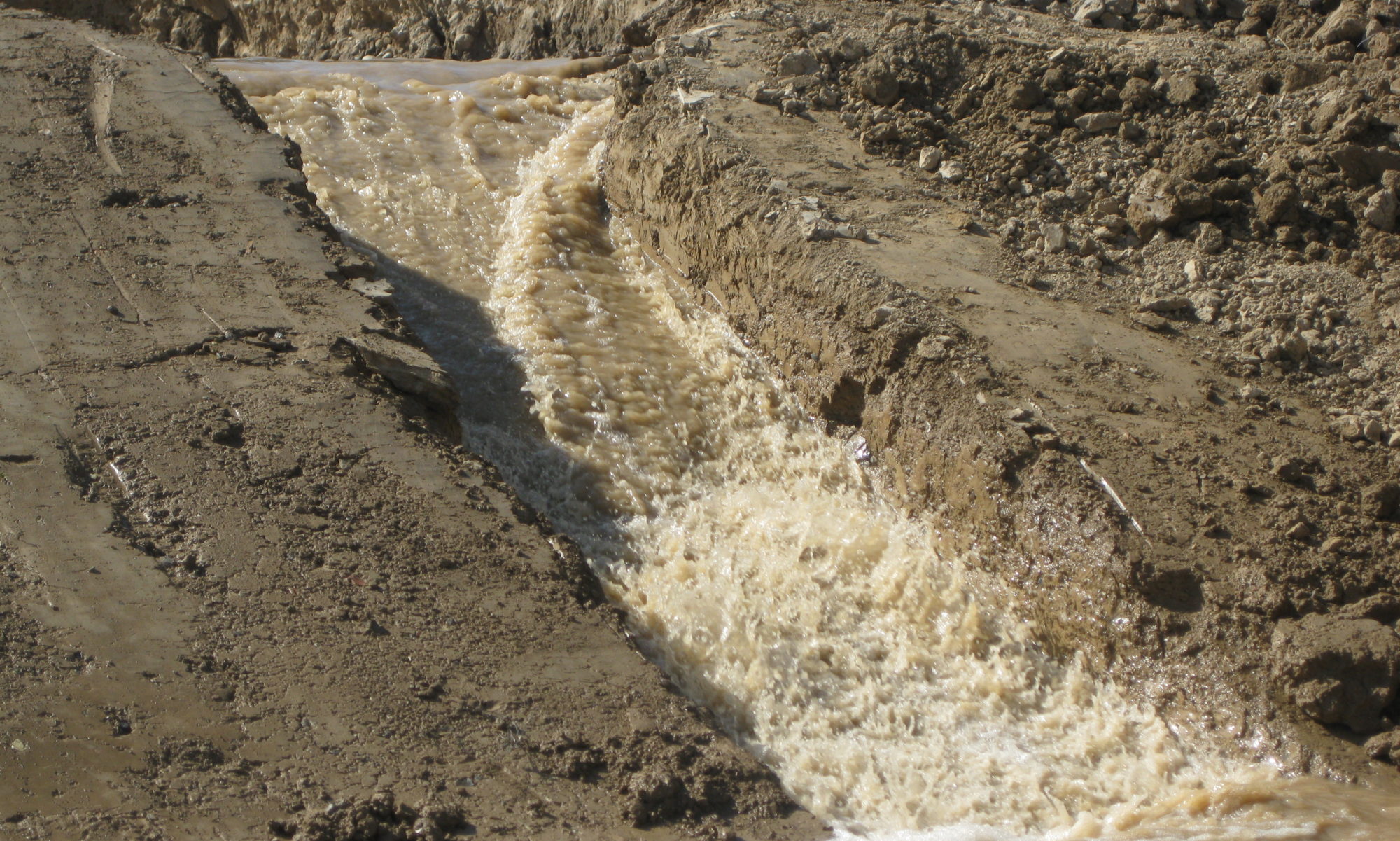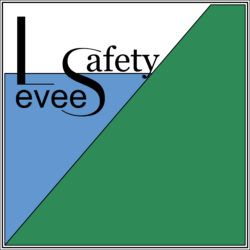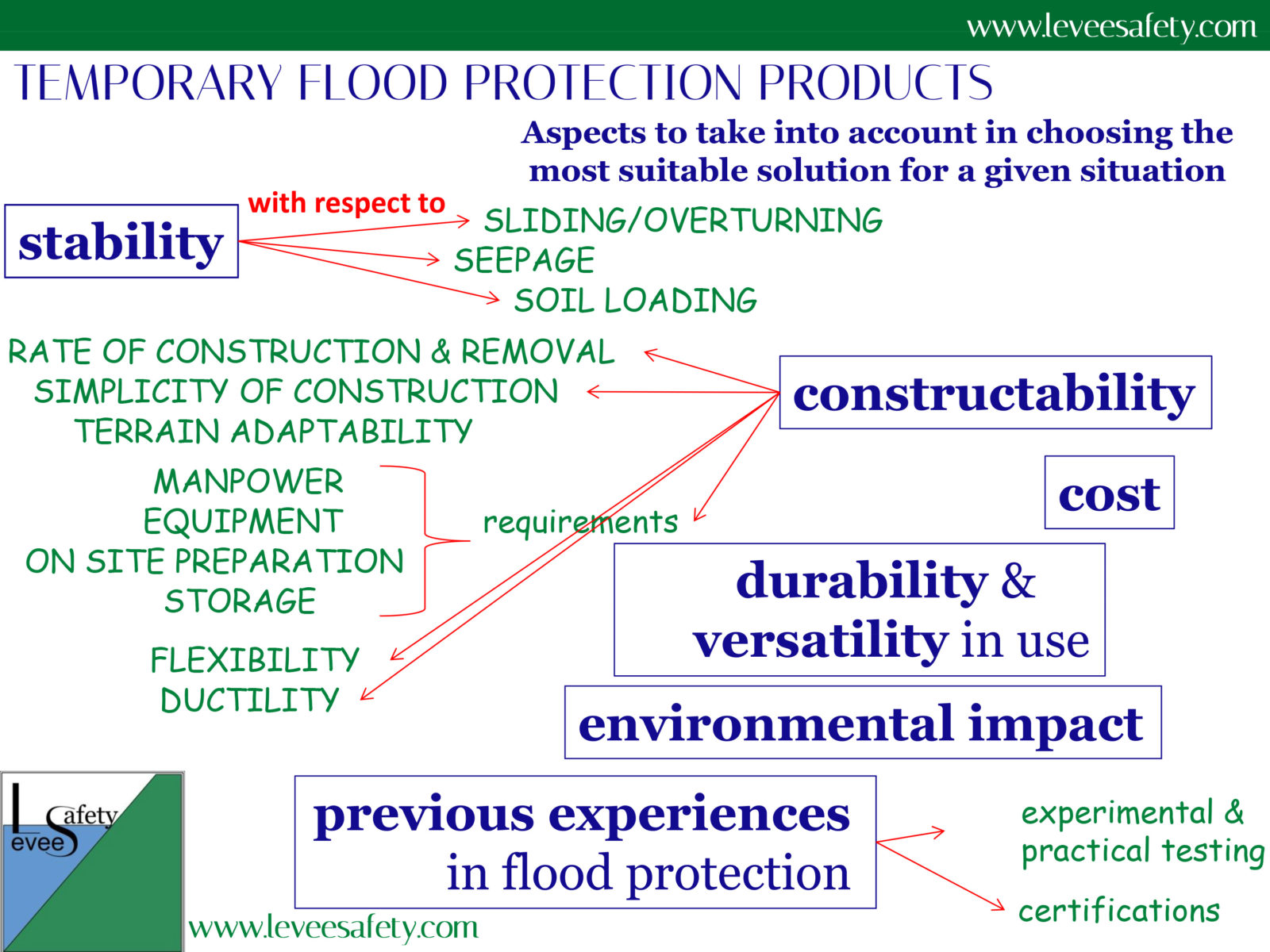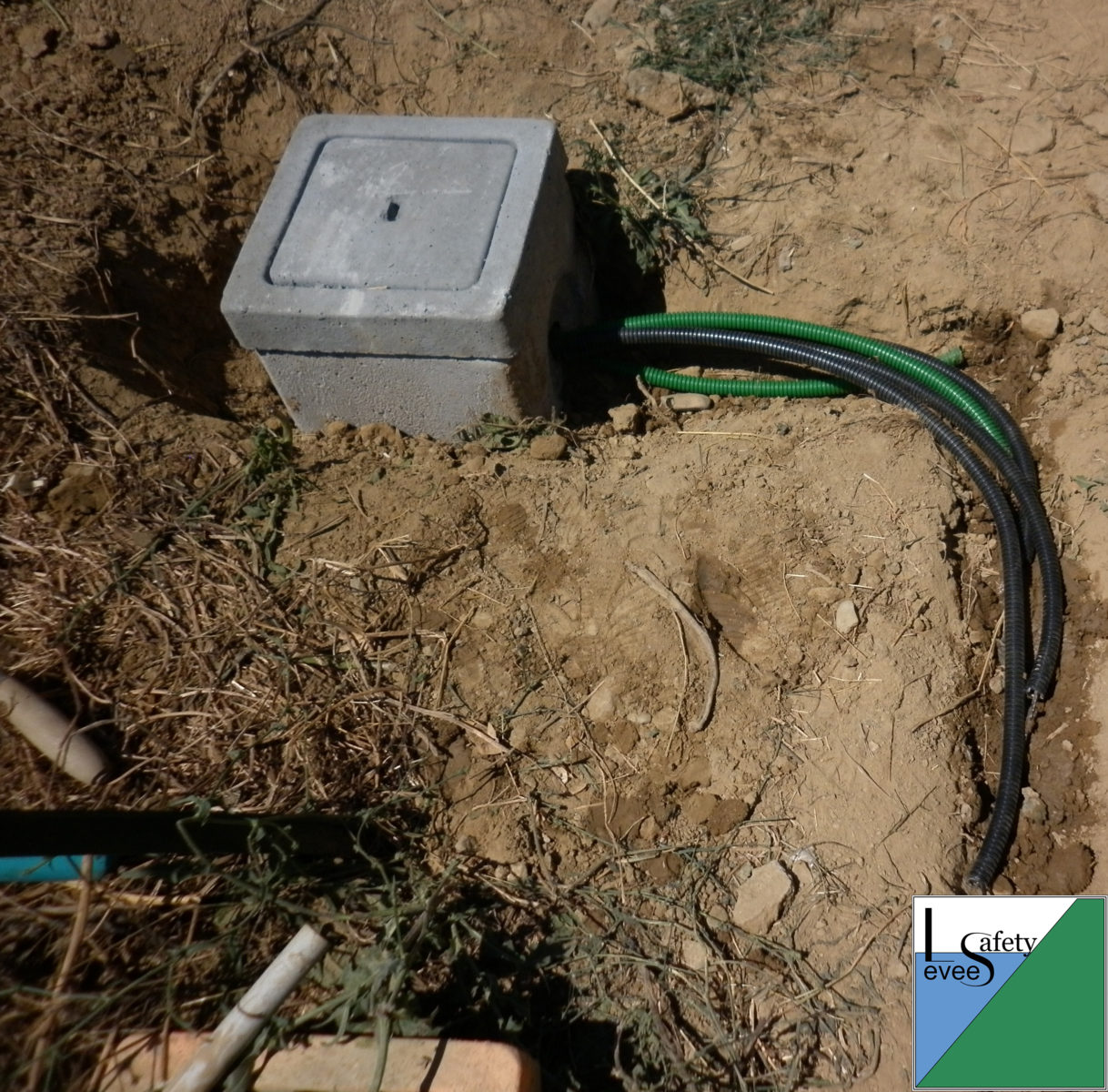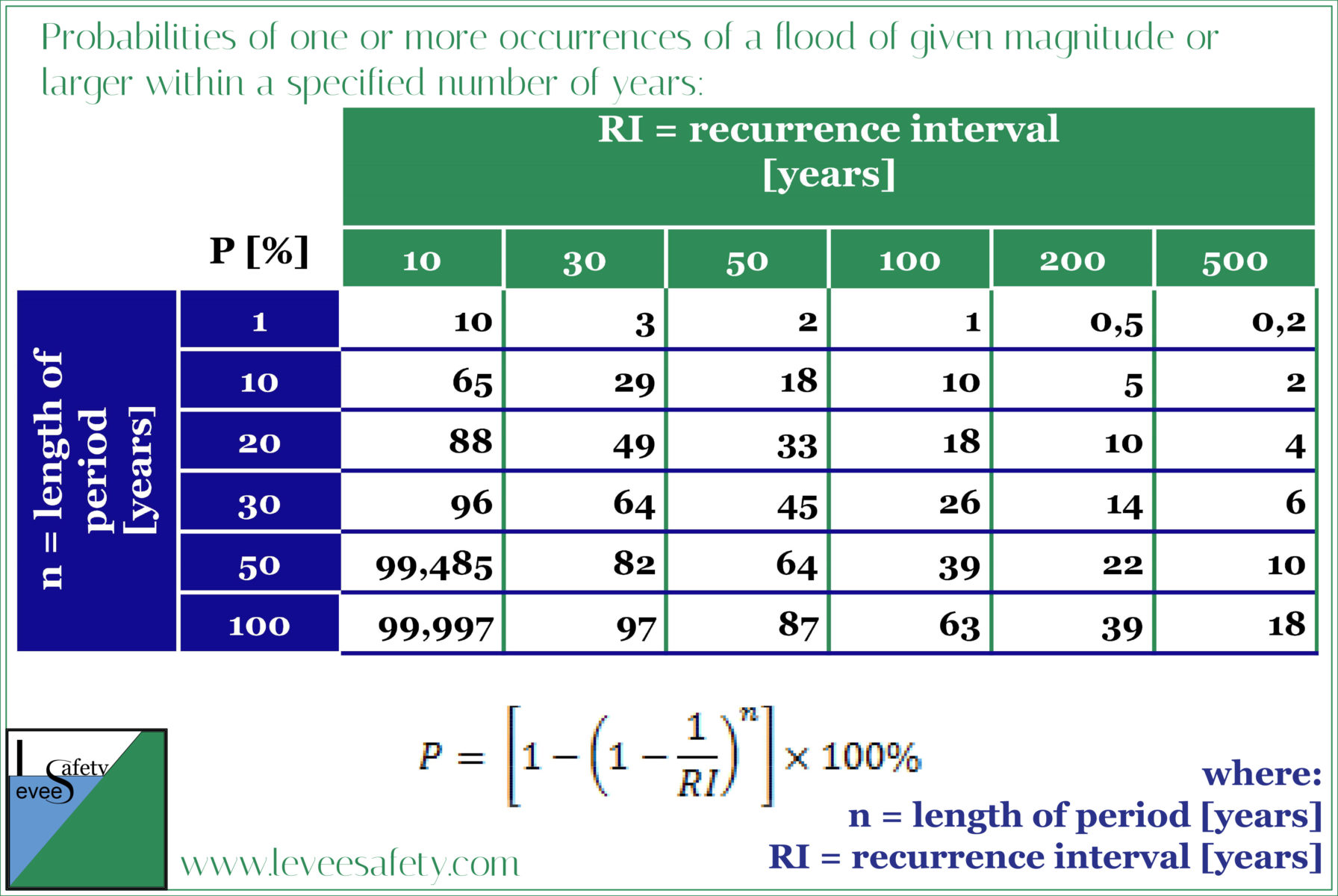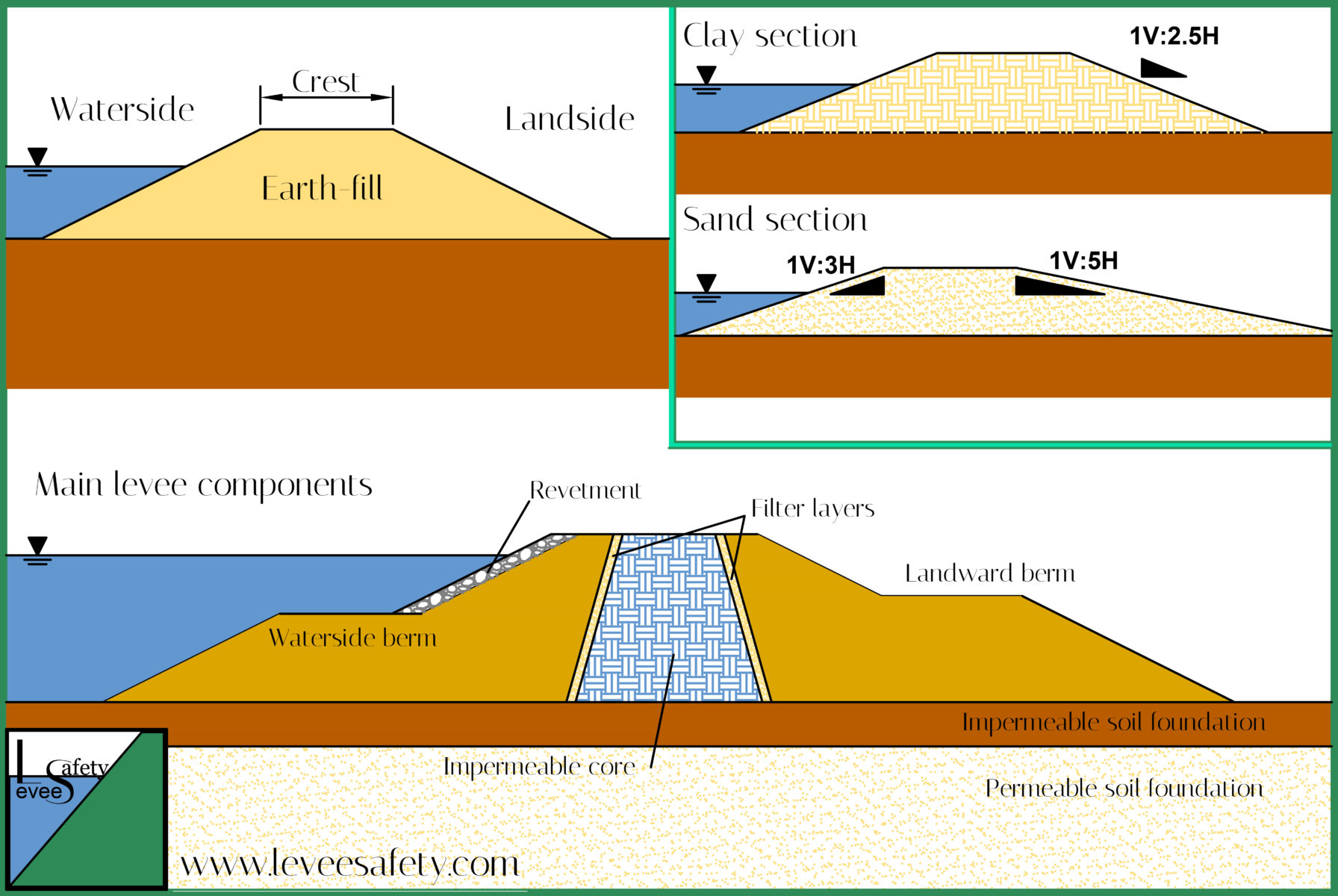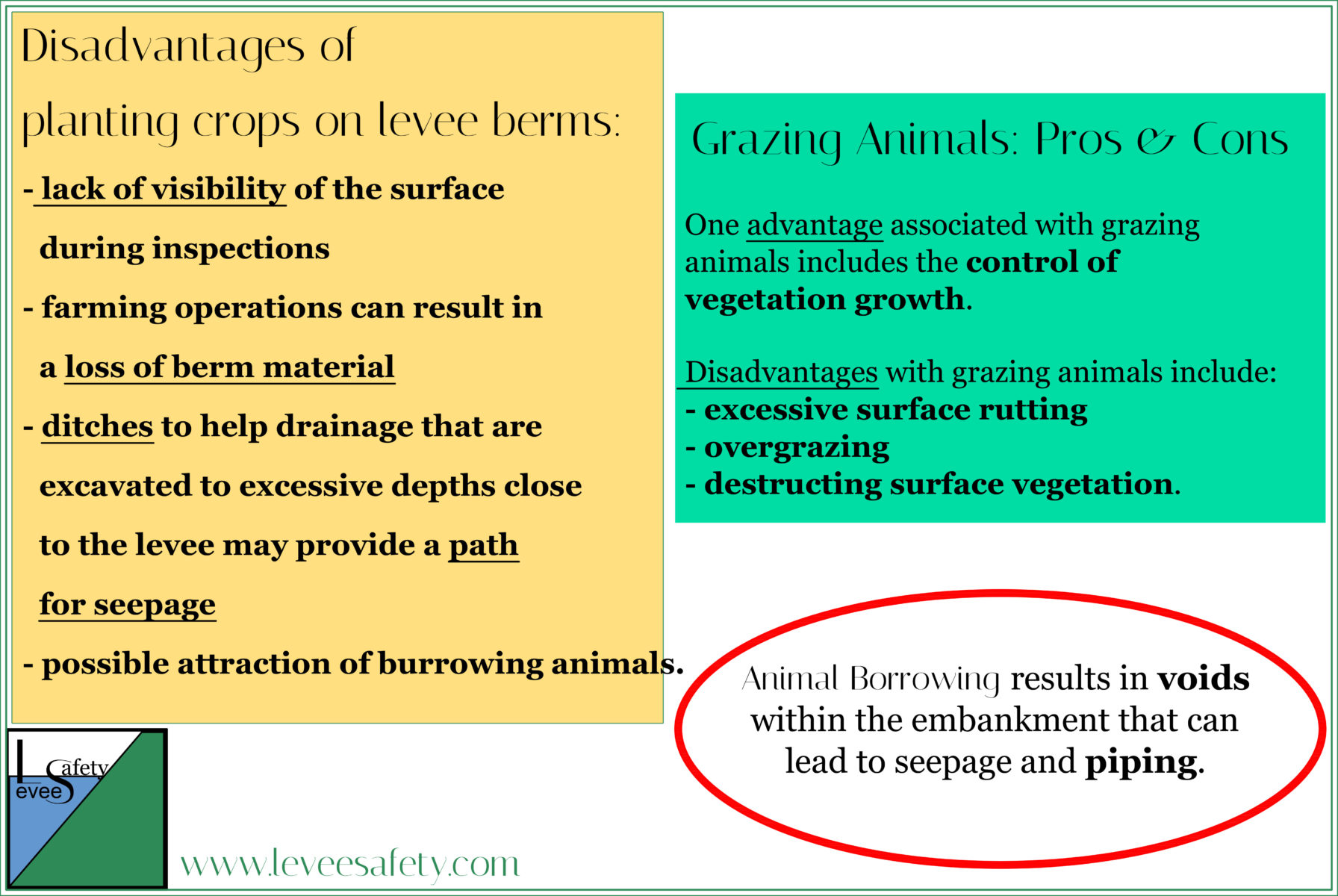Systems for temporary protection are necessary tools in fighting against flooding. They are removable flood protection systems that are installed during a flood event and removed completely when levels have receded. Temporary system performance depends on its barrier, its interaction with the subsoil and its end joints and details. While the foundations for permanent systems …
RISK CONSIDERATIONS IN THE CONTEXT OF LEVEE MONITORING
Levees provide for the safe conveyance of water and reduce damage caused by floodwaters.
Levees reduce flood risk but do not eliminate it.
What are flood characteristics useful in analyzing the flood threat?
Read more …
FLOOD HAZARD
Levees provide for the safe conveyance of water and reduce damage caused by floodwaters. Levees reduce flood risk but do not eliminate it. It is essential to recognize that levees cannot protect against all possible levels of flooding and to distinguish between: flood damage prevention and protection that is an actually unachievable goal; flood risk …
LEVEE COMPONENTS
Levee geometry Levee geometry depends on the levee type; loads; earth-fill material; foundation; height; space limitations (availability of land). Basically, levees have a waterside and a landside slope and a crest. The levee should be high enough to provide the required protection level plus an additional freeboard allowance. A levee is generally designed for a …
WHAT IS A LEVEE?
Let’s start from the beginning … Levee Definition LEVEES are earth structures whose primary function is to provide protection against fluvial and coastal flood events. In order to reduce the risk of inundation of an area, levees act by: temporarily retaining water keeping it out of the leveed area to a defined water level (the …
